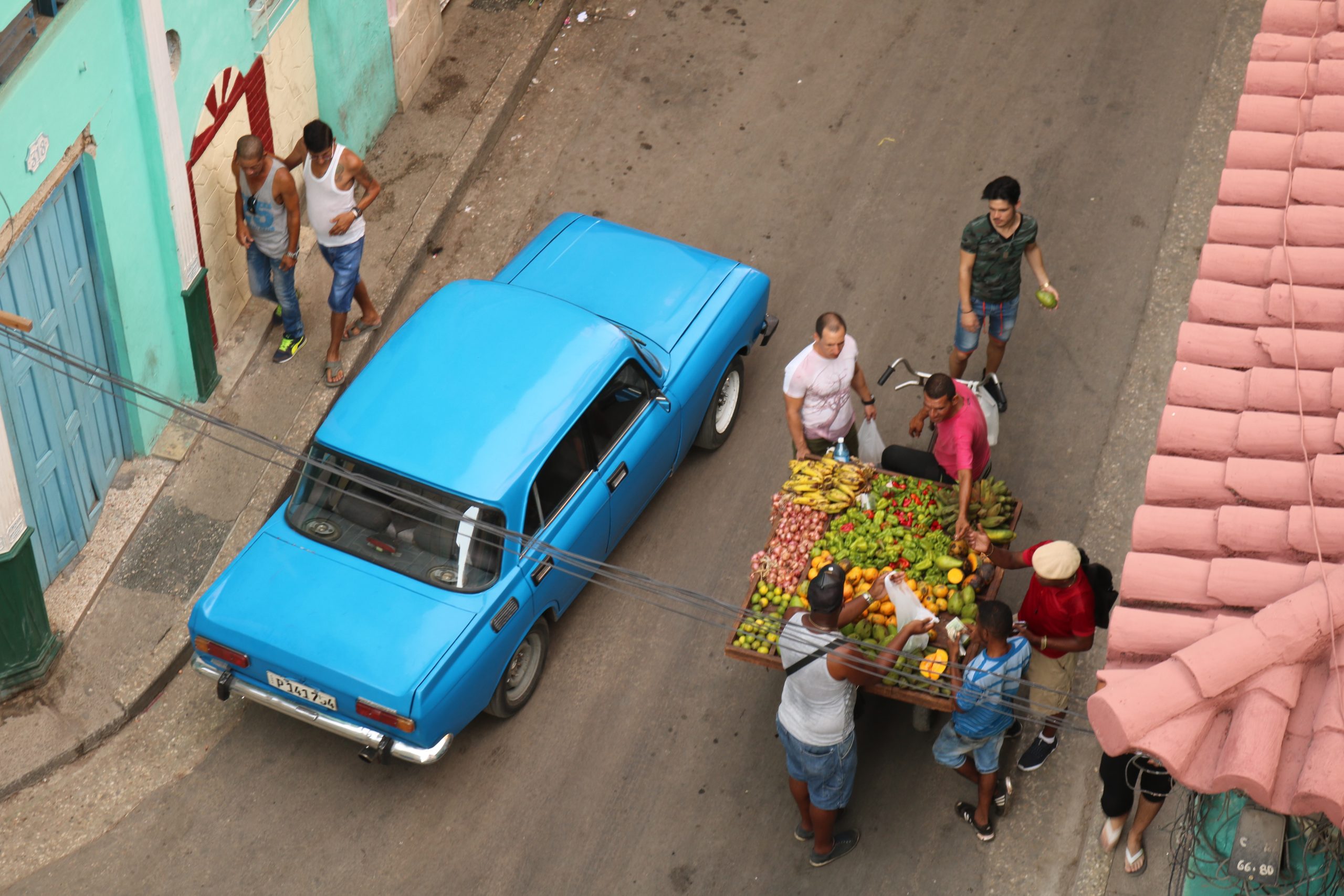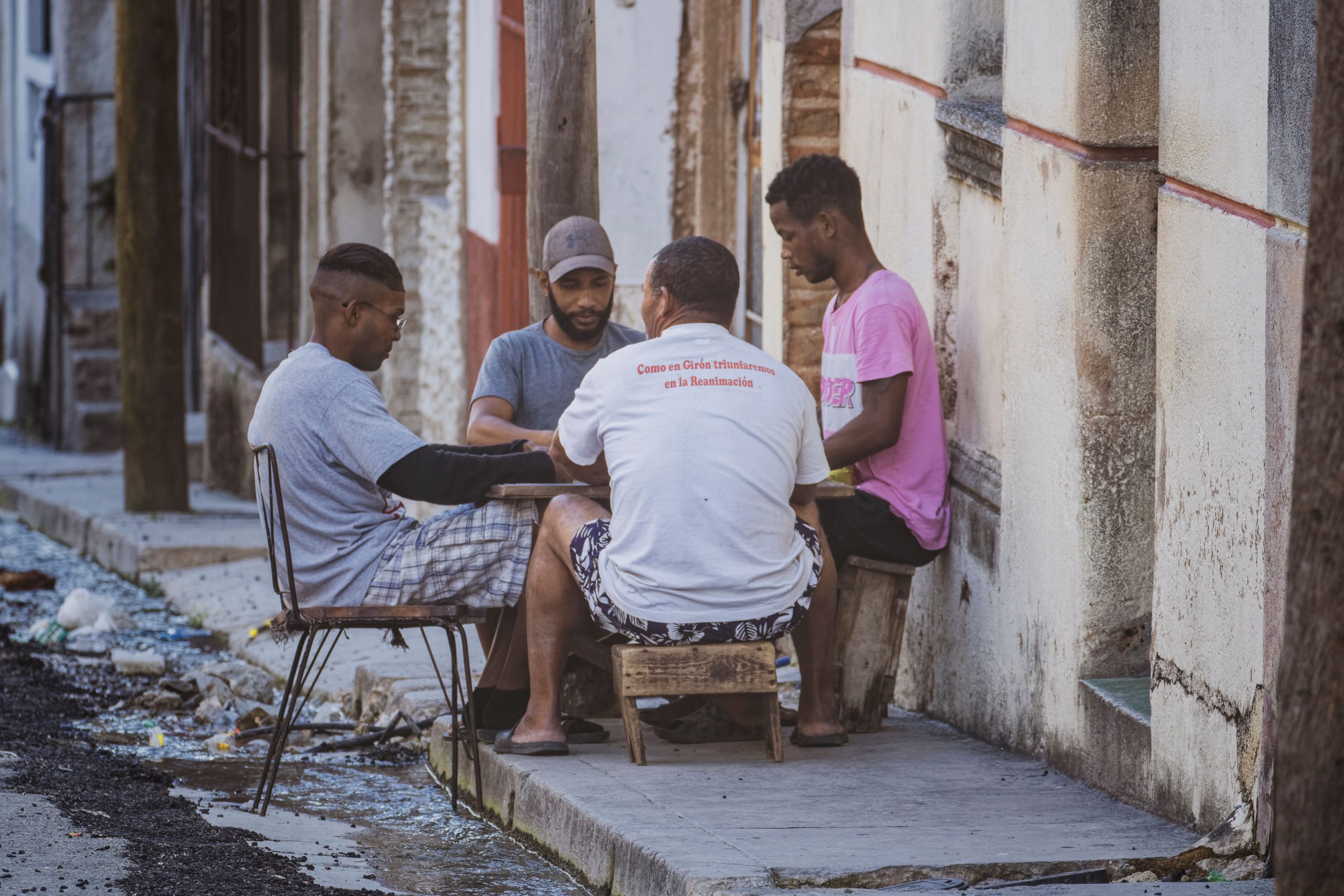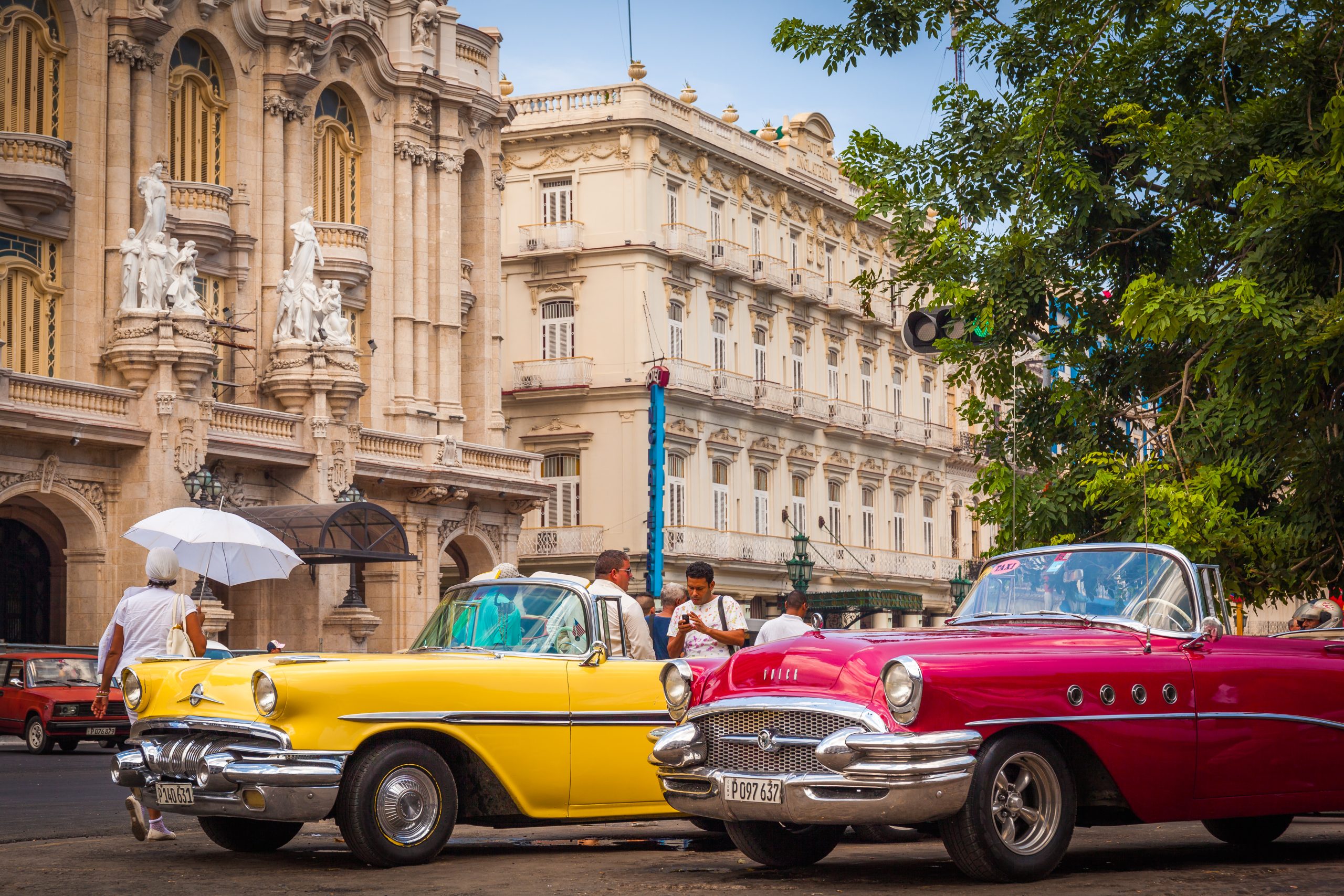Euros (EUR) and US Dollars (USD) are the top choices when visiting the areas included in our tours. These currencies are widely accepted by locals, allowing you to pay directly to businesses (you will get your change back in Cuban Peso, so make sure that you confirm the exchange rate used) and they are also the easiest to exchange.
There are other currencies, such as British Pound, Canadian Dollar, Swiss Franc, Japanese Yen, Mexican Peso that are accepted in banks and the Cadeca, but they may not get you the best rates. There is a surcharge of 2% for most currencies and 8% for USD when you are exchanging them at these locations.
For your peace of mind, have some on hand, but we suggest exchanging only small amounts of CUP currency at a time, such as 50-100EUR. This will ensure that you have the flexibility to manage your expenses while enjoying your time in Cuba.

Where should you exchange money?
You have a variety of options to exchange your foreign currencies to CUP (at the official government rate). At the airports to start, or you can visit the banks, hotels, or at the CADECA – exchange houses. Tip: You must have your passport with you.
On a side note, you may hear about the informal market aka the black market, where you may find rates much higher than the official rate. Now, we have to mention that the black market is not exactly legal, but it’s a common practice. And if you’re curious about the unofficial exchange rate, you’ll be thrilled to know that there’s a fantastic resource on www.ElToque.com that provides this information.
However, keep in mind that the unofficial rate is merely a suggestion, and it’s not guaranteed that you’ll receive it. It is good to know it, as if you pay for services in currency, and expect change in CUP in return, you want to know the rate to ensure that you get the correct change back!

Cash is still king in Cuba, although times may be changing. If you choose to use your plastic, make sure your credit card is ready for some fiesta at the ATMs! Visa, Mastercard, and AIS are all good to go. Just don’t forget your pin number to unlock that cash flow – if you are lucky enough to find an ATM with cash in it.
But here’s the catch: Most US-issued cards won’t cut it in Cuba. So before you samba your way there, double-check if your bank is part of a US institution.
Now, there’s a ray of hope! Some travel cards (Visa and Mastercard) might still work their magic in Cuba, even if they were acquired through those elusive banks. (I can tell you tho, if you have a card from Westpac, St George, Bank f Melbourne, BankSA, Citibank, Travelex or 28 Degrees – you’ll have no luck!)
To avoid a cash crisis, we strongly advise contacting your bank before jetting off and come prepared with a Plan B if your credit card decides a Cuban adventure isn’t its thing.

Let me sum up what you have learnt about Cuba and money:
- Come prepared!
- Bring plenty of cash in useful currencies such as EUR and USD, with small bills (5, 10 and 20) to pay for expenses under $5.
- 100USD equivalent per day is a good rule of thumb for spending money.
- Take more than you expect to spend as Cuba may be more expensive than imagined.
- Exchange small amounts of CUP at one time and always change back your Cuban Pesos before departure, as you can’t exchange it outside of Cuba.
- Don’t rely on being able to use ATMs and verify the correct exchange rate before accepting transactions. (this goes for both at ATMs and with service providers)
- Private businesses prefer payment in foreign currency; state-operated sites require CUP (with exception for MLC stores). Hotels, bars, and all medical facilities accept card payments but not US cards.
- Informally exchange money with care— ask staff at casas or restaurants, guides or professionals for advice.
- Update yourself on latest regulations regarding currency before travel.
When you join us on a trip, we’ll be right beside you to assist you with the intricacies of money in Cuba along the way!


